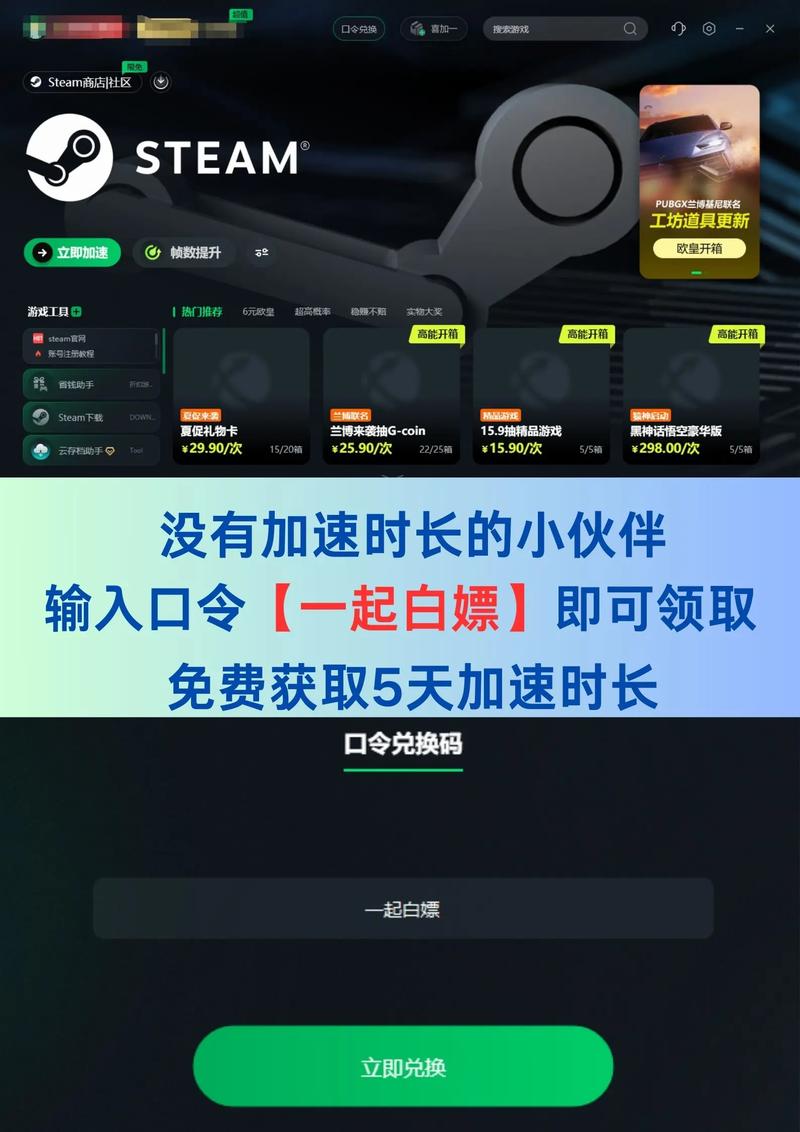
Understanding the Financial Success of Steam and China’s Game Industry
Have you ever wondered if Steam, the popular digital distribution platform, has copied China’s strategies in making money from games? This article delves into the financial aspects of both entities, comparing their approaches and highlighting key similarities and differences.
Steam’s Revenue Model
Steam, owned by Valve Corporation, operates as a digital distribution platform for video games. It generates revenue through various means, including:

| Revenue Stream | Description |
|---|---|
| Game Sales | Steam earns a percentage of each game sale on its platform. |
| Subscriptions | Users can subscribe to Steam for a monthly fee, gaining access to exclusive games and discounts. |
| Marketplace | Steam’s marketplace allows users to buy, sell, and trade games and in-game items. |
| Advertising | Steam displays ads on its platform, generating revenue from advertisers. |
China’s Game Industry
China’s game industry has experienced rapid growth over the past decade, becoming one of the largest in the world. Key factors contributing to its success include:
| Factor | Description |
|---|---|
| Government Support | The Chinese government has implemented policies to promote the gaming industry, including tax incentives and investment in game development. |
| Mobile Gaming | The popularity of mobile gaming in China has driven significant revenue growth. |
| Free-to-Play Model | Many Chinese games follow a free-to-play model, allowing players to download and play the game for free while earning revenue through in-game purchases. |
| Market Expansion | Chinese game developers have successfully expanded their market reach, exporting games to other countries. |
Similarities in Revenue Generation
While Steam and China’s game industry have different business models, there are notable similarities in their approaches to generating revenue:
-
Both rely heavily on game sales as a primary revenue stream.
-
Both have implemented subscription models to offer exclusive content and discounts to users.
-
Both have explored the potential of in-game purchases and microtransactions to generate additional revenue.
Differences in Revenue Generation
Despite the similarities, there are significant differences in how Steam and China’s game industry generate revenue:
-
Steam’s revenue is more diversified, with a focus on game sales, subscriptions, and advertising.
-
China’s game industry heavily relies on the free-to-play model and in-game purchases.
-
Steam has a more global reach, while China’s game industry is primarily focused on the domestic market.
Conclusion
While Steam and China’s game industry have distinct approaches to generating revenue, there are clear similarities in their strategies. Both entities have successfully leveraged game sales, subscriptions, and in-game purchases to generate significant revenue. However, the differences in their business models highlight the unique challenges and opportunities each faces in the gaming industry.





